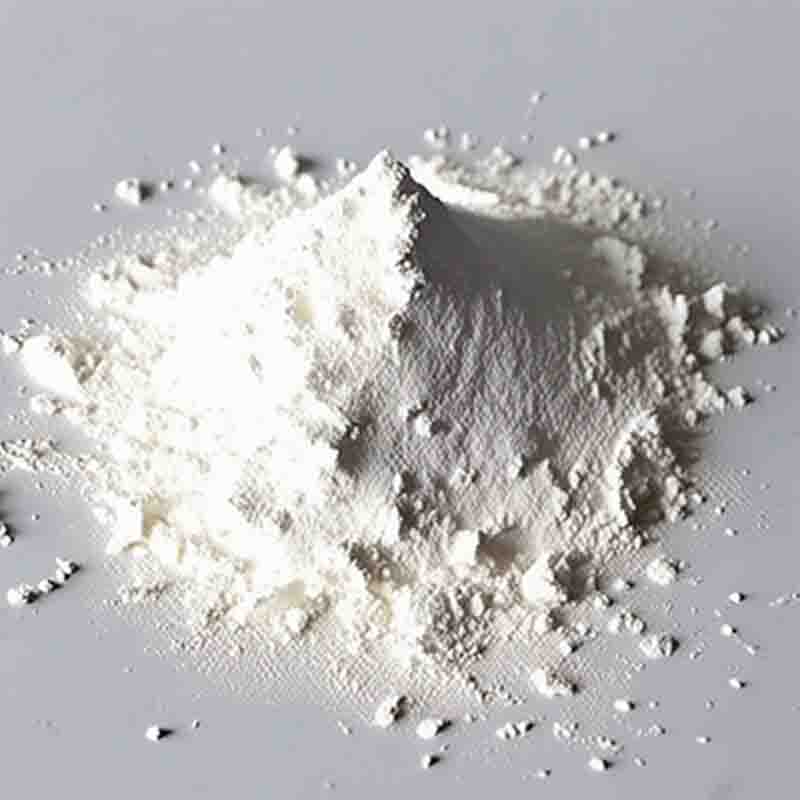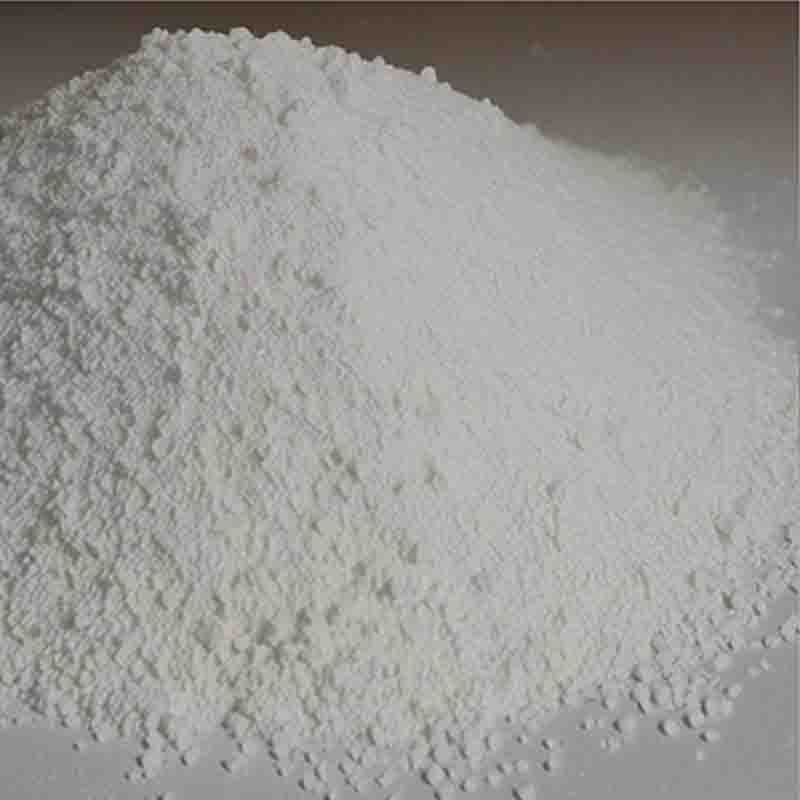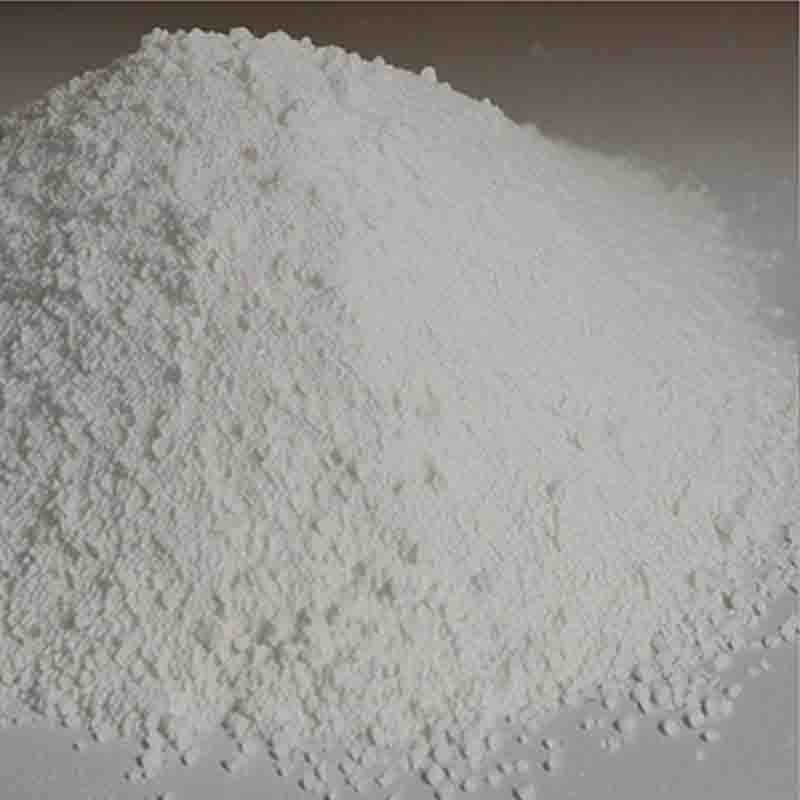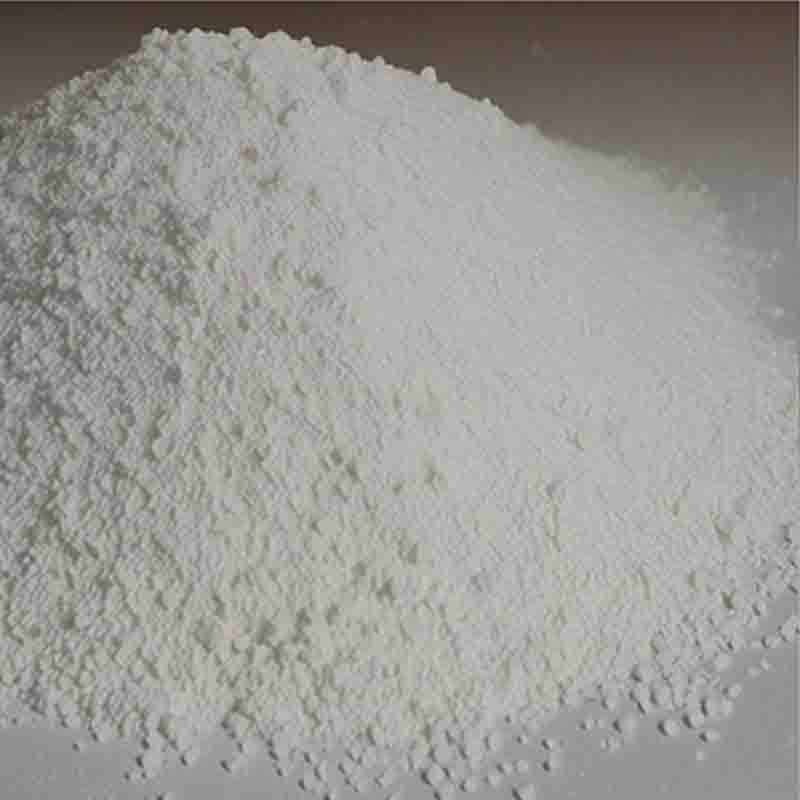Dichloro(1,5-cyclooctadiene)palladium(II) CAS: 12107-56-1
| Catalog Number | XD94480 |
| Product Name | Dichloro(1,5-cyclooctadiene)palladium(II) |
| CAS | 12107-56-1 |
| Molecular Formula | C8H12Cl2Pd |
| Molecular Weight | 285.51 |
| Storage Details | Ambient |
Product Specification
| Appearance | White powder |
| Assay | 99% min |
Dichloro(1,5-cyclooctadiene)palladium(II), often abbreviated as PdCl2(cod), is a coordination compound that contains a palladium atom coordinated by two chloride ions (Cl-) and a 1,5-cyclooctadiene ligand (cod). This complex has a wide range of applications in catalysis, particularly in organic synthesis reactions.One of the primary uses of PdCl2(cod) is in cross-coupling reactions, specifically in the Suzuki-Miyaura coupling reaction. In this process, PdCl2(cod) functions as the catalyst and facilitates the formation of carbon-carbon bonds between an organoboron compound and an organic halide or triflate. This reaction is widely used in the synthesis of various pharmaceuticals, agrochemicals, and fine chemicals, as it provides a powerful method for creating complex organic molecules.PdCl2(cod) is also utilized as a catalyst in other important cross-coupling reactions, including the Heck reaction and the Stille reaction. These reactions allow for the formation of carbon-carbon bonds between organic halides and alkenes or organotin compounds, respectively. By using PdCl2(cod) as the catalyst, these reactions proceed efficiently, enabling the synthesis of diverse organic compounds.Furthermore, PdCl2(cod) finds application in metal-catalyzed cyclization reactions. For example, in the Heck cyclization, it promotes the formation of cyclic compounds by combining an alkene or alkyne with an aryl halide. This reaction is valuable in the synthesis of heterocyclic compounds, which are prevalent in pharmaceutical and agrochemical industries.In addition to its role in carbon-carbon bond formation, PdCl2(cod) is also used in various other transformations. It can catalyze the oxidation of organic compounds, promote allylic substitution reactions, and facilitate the reduction of functional groups, among other reactions. These processes have wide-ranging applications in the synthesis of complex organic molecules and play a crucial role in medicinal chemistry and the production of specialty chemicals.Moreover, PdCl2(cod) serves as a precursor for the deposition of palladium films and nanoparticles. These materials find applications in electrocatalysis, fuel cells, sensors, and various other technological fields. By using PdCl2(cod) as the starting material, it is possible to fabricate palladium-based materials with controlled sizes and morphologies, allowing for tailored catalytic properties and improved performance in diverse applications.In summary, Dichloro(1,5-cyclooctadiene)palladium(II) (PdCl2(cod)) is widely used as a catalyst in various organic synthesis reactions, particularly in cross-coupling reactions like the Suzuki-Miyaura coupling, Heck reaction, and Stille reaction. It enables the formation of carbon-carbon bonds, facilitating the synthesis of complex organic molecules. Furthermore, PdCl2(cod) finds application in metal-catalyzed cyclization reactions and is a precursor for the fabrication of palladium-based materials for electrocatalysis and other technological applications. The versatility and efficiency of PdCl2(cod) highlight its importance in organic synthesis and materials science.









